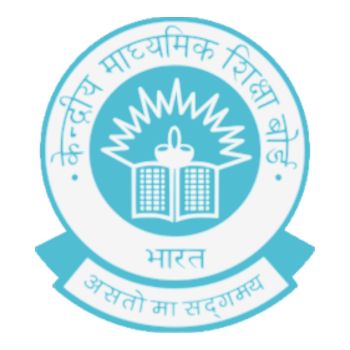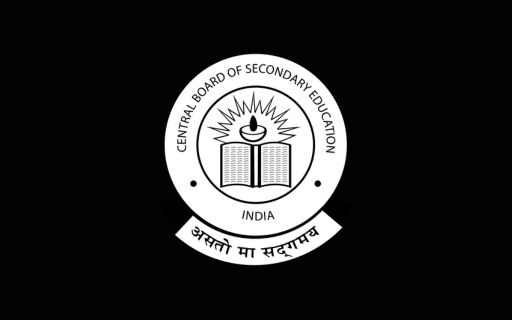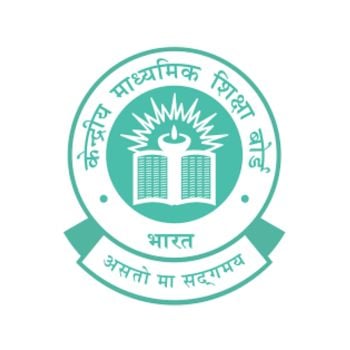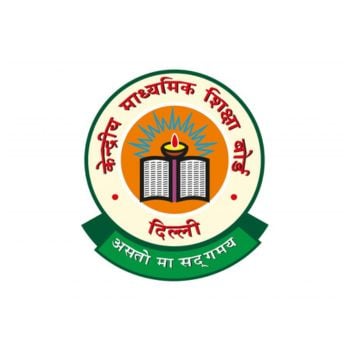This article is about the latest CBSE Notification which instructs Multilingual Education and Using Mother Tongue as a Medium of Instruction!
Notice
Multilingual education has been widely recognized as a valuable approach to fostering linguistic diversity, cultural understanding, and academic success among students. The National Education Policy 2020, in paragraph 4.12, emphasizes the significant cognitive advantages of multilingualism for young learners, particularly when they are exposed to multiple languages from the foundational stage, with a specific focus on their mother tongue. The policy strongly advocates for utilizing the home language, mother tongue, local language, or regional language as the medium of instruction whenever feasible, at least until Grade 5, but preferably extending till Grade 8 and beyond.
The implementation of multilingual education and the utilization of the mother tongue as a medium of instruction presents several challenges including the availability of skilled teachers capable of teaching in multilingual settings, the creation of high-quality multilingual textbooks, and the limited time available, especially in two-shift government schools, as multilingual education demands additional instructional time allocation.
In view of the above challenges, the Ministry of Education, Government of India has taken several measures to actualize education through the Indian language medium on the ground. One of the major steps taken now is the direction by the Ministry of Education to NCERT for preparing new textbooks through 22 scheduled Indian languages. The NCERT has taken this serious task to the highest priority so that textbooks in 22 scheduled languages can be made available to all students from the next sessions.
Higher Education has also started gearing up to produce textbooks in Indian languages, initiate the learning-teaching process through Indian language mediums in addition to English medium, and conduct examinations through Indian languages as well. The textbooks in technical education, medical education, vocational education, skill education, law education, etc. are now coming in Indian languages.
Since higher education has started responding to this need then school education has to become its foundation. The approach towards the medium of instruction should be a continuity from school education to higher education. Therefore, the schools affiliated with CBSE need to play a vital role in this great endeavour by offering education in Indian languages.
In view of the above initiatives taken to facilitate education through Indian languages, the CBSE-affiliated schools may consider using Indian languages, as enumerated in Schedule 8 of the Indian Constitution, as the medium of Instruction from the Foundational Stage till the end of the Secondary Stage i.e. from pre-primary classes till class XII as an optional medium in addition to other existing options. Schools may explore the available resources, consult with experts in the field, and collaborate with other schools to share best practices to make multilingual education in CBSE schools a reality.
Parties to Take Note
Copy to the respective Heads of Directorates, Organisations and Institutions as indicated below with a request to disseminate the information to all the schools under their jurisdiction:
- The Commissioner, Kendriya Vidyalaya Sangathan,18 Institutional Area, Shaheed Jeet Singh Marg, New Delhi – 16.
- The Commissioner, Navodaya Vidyalaya Samiti, B-15, Sector-62, Institutional Area, Noida – 201309.
- The Secretary, Eklavya Model Residential Schools (EMRS), Ministry of Tribal Affairs, Government of India.
- The Secretary, Sainik Schools Society, RoomNo.101, D-1Wing, Sena Bhawan, New Delhi – 110001.
- The Chairman, Odisha Adarsha Vidyalaya Sangathan, N-1/9, Near Doordarshan Kendra, PO SainikSchool Nayapalli, Bhubaneswar, Odisha – 751005.
- The Director of Education, Directorate of Education, Govt. of NCT of Delhi, Old Secretariat, Delhi – 110054.
- The Director of Public Instructions(Schools), Union Territory Secretariat, Sector 9, Chandigarh – 160017.
- The Director of Education, Govt. of Sikkim, Gangtok, Sikkim – 737101.
- The Director of School Education, Govt. of Arunachal Pradesh, Itanagar – 791111.
- The Director of Education, Govt. of A&N Islands, Port Blair – 744101.
- The Director of Education, S.I.E., CBSE Cell, VIP Road, Junglee Ghat, P.O. 744103, A&N Island.
- The Director, Central Tibetan School Administration, ESSESS Plaza, Community Centre, Sector 3, Rohini, Delhi.
- The Additional Director General of Army Education, A–Wing, Sena Bhawan, DHQ, PO, New Delhi – 110001.
- The Secretary AWES, Integrated Headquarters of MoD (Army), FDRC Building No. 202, ShankarVihar (Near APS), Delhi Cantt – 110010.
- All Regional Directors/Regional Officers of CBSE request to send this circular to all the heads of the affiliated schools of the Board in their respective regions.
- The Director of School Education, Ladakh, Room No. 101, 102 Ground Floor, Council Secretariat, Kurbathang, Kargil-Ladakh.
- The Director of School Education, Andhra Pradesh, 3rd Floor, B block, Anjaneya Towers, VTPS Rd, Bhimaraju Gutta, Ibrahim Patnam, Andhra Pradesh PIN: 521456.
- All Joint Secretary/Deputy Secretary/Under Secretary/SPS/Analyst, CBSE.
- All Head(s)/In-Charge(s), Centre of Excellence, CBSE.
- In charge IT Unit with the request to put this Circular on the CBSE Academic Website.
- The Head (Media &Public Relations), CBSE.
- DS to Chairperson, CBSE.
- SPS to Secretary, CBSE.
- SPS to Director (Information Technology), CBSE
- PPS to Controller of Examinations, CBSE.
- SPS to Director (Skill Education), CBSE.
- PPS to Director (Professional Examinations), CBSE.
- PS to Director (Training), CBSE.
- PPS to Director (CTET), CBSE.
Click here to read the official notification of the CBSE Notification: Multilingual Education and Using Mother Tongue as a Medium of Instruction.
Image taken from here.












